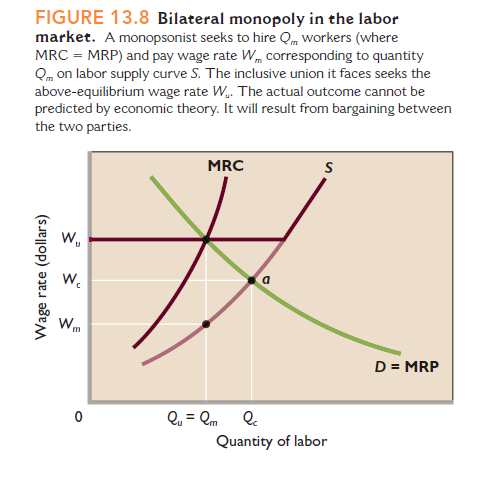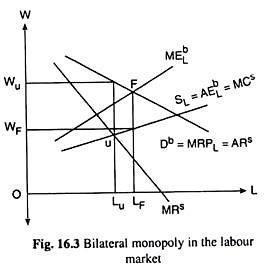
For instance, supermarkets often take a long time to pay small suppliers like local farmers. Suppliers may be squeezed by monopsonists in other ways too. Lower prices will mean that less will be supplied, and some firms (generally the higher cost producers) may be driven out of the market completely.

_Suppliers _– Lower prices for their goods, therefore lower profits. _Monopsonists _– Lower input prices and therefore higher profts government have bargaining power when negotiating contracts with aircraft manufacturers to supply planes for the Royal Air Force? How are U.K taxpayers affected by the extent of this bargaining power? Your answer should include: monopsony / share of market / share of sales / access to other markets / lower prices Costs and Benefits of Monopsony This enables them to get higher prices as they are in effect operating as a single (monopoly) supplier. In some countries small producers (like dairy farmers or win producers) may group together in co-operatives, to negotiate collectively with big supermarkets. It is certainly the case that the NHS is able to buy medicines much more cheaply than healthcare providers in other countries where there is a number of buyers (such as private, independent hospitals). The bargaining power may be fairly equal. The NHS is virtually the only buyer for many medicines, but a lot of medicines are patented, and therefore have only one supplier. This situation exists in the case of the market for medicines in the U.K. Bilateral MonopolyĪ bilateral monopoly exists when a dominant buyer (monopsonist) faces a dominant seller (monpolist) in the market. For instance, pharmaceutical companies can still sell to healthcare providers abroad this limits the power of the NHS to drive down prices. NB A firm’s monopsony power may be limited by the extent to which its suppliers have access to other markets. This gives them bargaining power over the dairy farmers who supply them with milk.

In extreme cases there may be only one buyer in the market: this is called pure or absolute monopsony. Conflicts and Trade-Offs Between Objectives and PoliciesĪ monopsony exists when there is a dominant buyer in a market.Equilibrium Levels of Real National Output.The Benefits and Costs of Economic Growth.The Characteristics of Aggregate Demand.

BILATERAL MONOPOLY EXAMPLES FREE
Free Market Economies, Mixed Economy and Command Economy.Price, Income & Cross Elasticities of Demand.Specialisation and the Division of Labour.Introduction to Markets and Market Failure.Wage Determination in Competitive and Non-competitive Markets.Business Behaviour and the Labour Market.Factors Influencing Growth and Development.



 0 kommentar(er)
0 kommentar(er)
